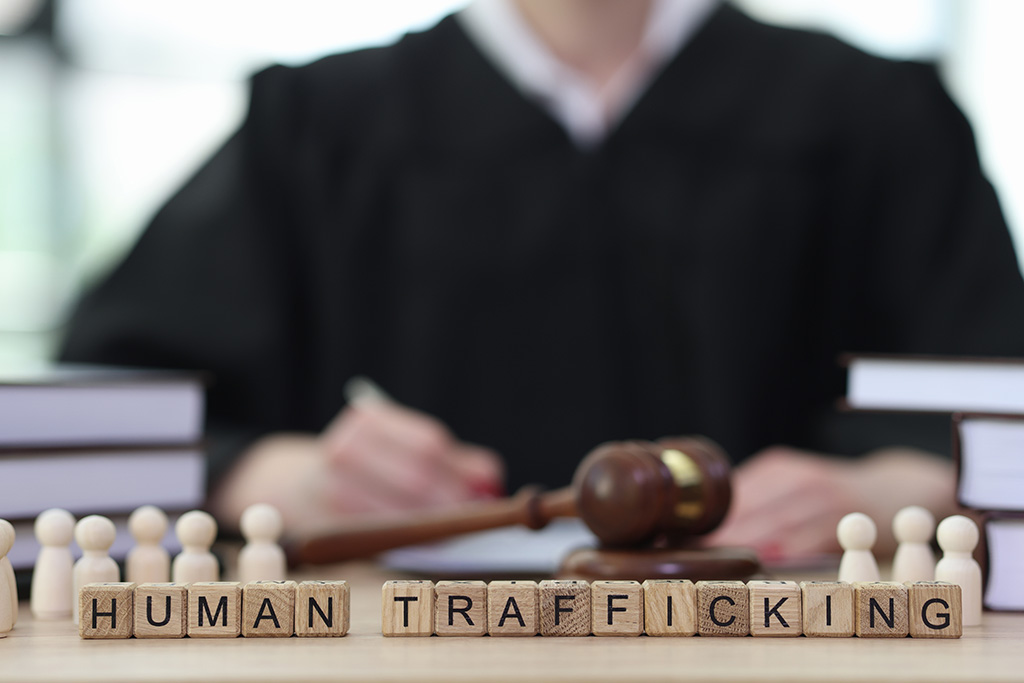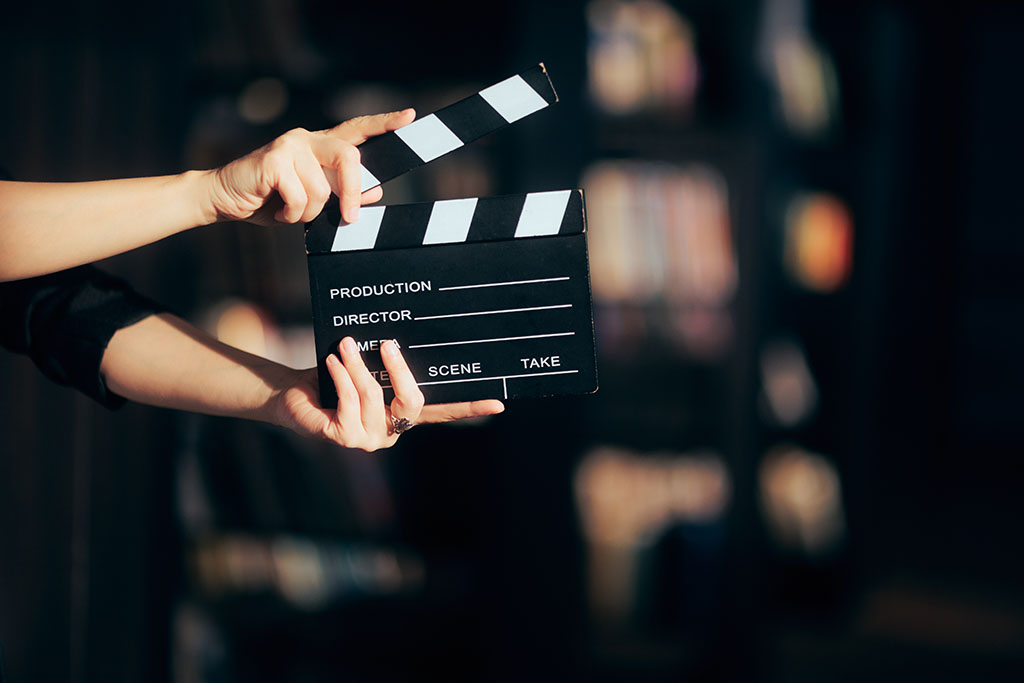Human trafficking is one of the most pressing human rights crises of our time. As an issue that thrives in the shadows, its depiction in Hollywood plays a significant role in shaping public perception. From thrillers like “Taken” to thought-provoking documentaries like “The Price of Free,” Hollywood’s portrayals of human trafficking often straddle the line between raising awareness and sensationalism.
While awareness of human trafficking is important, so is accurate representation. Here, we’ll examine the role of storytelling in raising awareness, the ethical dilemmas in representation, and what we can do to make a difference. By critically analyzing the media’s approach, we can encourage responsible narratives that drive both understanding and action.
How Hollywood Brings Awareness to Human Trafficking
Hollywood’s storytelling has brought the hidden world of human trafficking into mainstream consciousness. Through movies and TV shows about sex trafficking, audiences are exposed to the stark realities of this crime.
Movies like Taken depict the urgency and terror of trafficking situations, while shows like Grey’s Anatomy explore the complexities of the issue through episodes like the now-famous human trafficking storyline. These portrayals, although dramatized, have helped viewers understand the existence and severity of trafficking.
By spotlighting this issue, Hollywood has the potential to inspire advocacy. A well-crafted human trafficking movie or show can encourage audiences to learn more or even take action. For those looking to understand the signs, our blog post “Indicators of Human Trafficking” is a helpful resource. Additionally, exploring the page Human Trafficking Problem in America provides further context to the broader issue.
However, this increased awareness comes with ethical challenges. When the line between fact and fiction blurs, misconceptions about trafficking can arise.
What Hollywood Gets Wrong About Human Trafficking
Despite its contributions to awareness, Hollywood often misrepresents human trafficking, perpetuating harmful myths and oversimplifications:
1. Stereotypes and Sensationalism
Many movies about human trafficking oversimplify the issue, focusing on stereotypes. Media often portrays trafficking as a crime that affects only a specific, narrowly defined group. These depictions, while attention-grabbing, fail to account for the broader and more complex nature of trafficking. The reality is that trafficking affects individuals of all ages, genders, and backgrounds—not just the young women often portrayed on screen.
Additionally, by focusing predominantly on international cases, these stories neglect the wide-reaching impact of trafficking, which can happen anywhere, including within domestic borders. Learn more about Human Trafficking in America.
2. Overemphasis on Sex Trafficking
Hollywood films and TV shows like Grey’s Anatomy’s human trafficking episode, often zero in on sex trafficking. This skewed focus prevents a more comprehensive understanding of the issue. By focusing too heavily on sex trafficking, the media ignores the structural factors that create vulnerabilities to all forms of trafficking. This can then lead to policies and programs that fail to address the broader needs of survivors.
It would also be helpful to discuss other human trafficking issues such as labor trafficking, forced marriage, and other forms of exploitation.

3. The ‘Hero’ Narrative
Hollywood often presents a “hero” who rescues victims in dramatic rescues. While such portrayals may be satisfying in fiction, the reality is much more complex. The fight against human trafficking requires systematic efforts, collaboration between multiple organizations, and survivor-led advocacy, not just a single heroic individual. This oversimplified view can obscure the real, long-term work that is needed to support survivors and dismantle trafficking networks.
4. Simplified Survivor Stories
Hollywood often reduces the experiences of survivors to a one-dimensional narrative. Survivors’ stories are typically presented as isolated or resolved after a single dramatic event, ignoring the ongoing emotional, social, and economic challenges they face.
5. Victims Are Always Taken by Force and Held Against Their Will
Movies often depict victims being kidnapped by force and physically trapped, but this is not always the case in real life. While forceful abduction does occur (but rarely), traffickers more commonly use tactics like deception, manipulation, and psychological control.
Victims are often groomed through trust-building and false promises of a better life. In the 2002 film “Lilya 4-Ever,” a young girl is manipulated by a man who promises her a brighter future, only to be sold into prostitution.
Additionally, traffickers frequently use methods like debt bondage, where victims are trapped by a growing debt they can never repay. While some victims may be physically confined, many remain in their situation because of threats to their safety or the safety of their loved ones. Hollywood’s portrayals often miss these complexities, focusing on physical confinement while neglecting the psychological and financial manipulations that truly keep victims trapped.
What Can We Do?
To bridge the gap between Hollywood’s depictions and the realities of human trafficking, collective action is essential. Here are some things we can do:
- Openly Discuss the Disconnect: Conversations about inaccuracies in human trafficking shows and movies can raise awareness and correct misconceptions.
- Educate Yourself and the Community: Educate yourself and your community. Advocate for media to include educational resources and survivor stories alongside their narratives. We have many valuable resources, such as Ways to Become a Human Trafficking Advocate.
- Collaborate with Survivors and NGOs: By involving survivors and experts in the storytelling process, Hollywood can create more authentic portrayals and avoid harmful stereotypes. For examples of survivor stories, visit Stories from Survivors.
- Encourage Diverse Representation: Highlight the breadth of trafficking experiences to ensure that labor trafficking and other overlooked forms are given visibility.
Join the Fight
Hollywood’s influence on human trafficking awareness is undeniable, but so is its responsibility to tell the truth. By advocating for accurate representations and educating ourselves, we can push for meaningful change.
Join the fight against human trafficking today.









